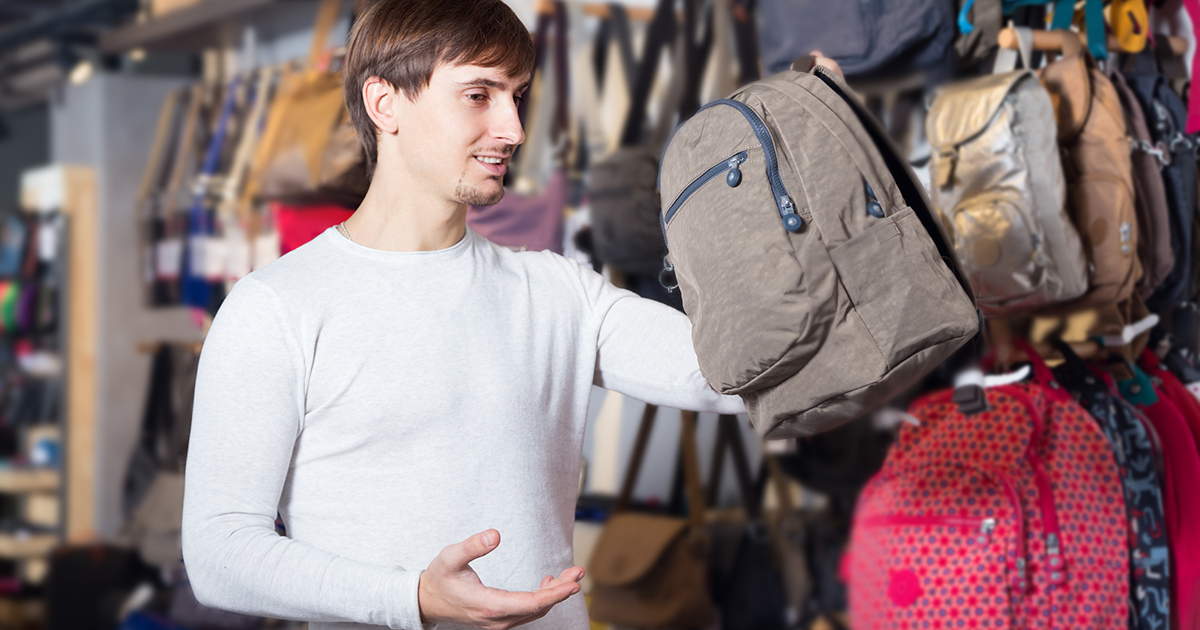How To Pack A Backpack To Avoid Injury
You’re likely familiar with the common parental complaint the amount of homework today’s students are given is hurting them mentally and physically. Whether you have been one of the many making this claim or not, there is actual validity to it. In fact, the US Consumer Product Safety Commission reported as many as 14,424 Americans have been treated for backpack-related injuries in a year. Not only that, but the associated cost, in terms of lifelong medical bills, lost wages, pain, suffering, and legal liability is believed to be upwards of 300 million dollars. As the focus for most parents and students alike has shifted to preparing for school and resuming the routine of homework and afterschool activities, the best thing you can do for your child (and yourself) is learn how to pack those backpacks for school, work, and other events in a way that will avoid an injury. Use these tips as a guide to help you choose and pack a backpack the right way.
Purchasing The Right Backpack

Like with most things, you need to start with the basics when it comes to backpack safety. This means taking the time to make sure you are purchasing the right backpack in the first place. Wearing a backpack incorrectly, including one improperly sized, can contribute to many health concerns, including fatigue, discomfort, muscle strain, musculoskeletal pain, and respiratory issues.
Most individuals believe backpacks are one standard size. Although this can be true to some extent, several companies do offer backpacks in different sizes. Size also vary from brand to brand, so it’s worth shopping around a bit to find the right one. To get the right size, look for one that reaches from roughly two inches below the shoulder blades to waist level or slightly above when worn. Also, look for a design with padded straps, a padded back, as well as chest and hip straps for added support.
Continue reading to learn about what to put inside the backpack next.